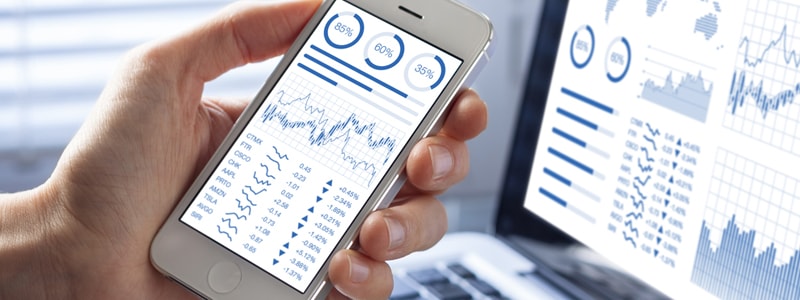10 Best Practices for Developing Effective Dashboards
Wendy is looking to develop effective dashboards for her company because she understands that a well-designed dashboard is a launching point for her analytics. With a well-designed dashboard, she’ll be able to make faster and better business decisions.
Wendy is not quite sure how to approach her effort to create a well-designed dashboard that conveys clear messages and metrics.
To ensure that she creates the best dashboard for her company, Wendy conducts some research to learn exactly how she can achieve her goal of a well-designed dashboard to improve business processes.
Wendy learns these ten practices that she can execute to achieve her goal.
1) Know Your Audience
Wendy learns that the best dashboards only work for their intended audience and it is important for her to know who she is trying to reach as well as their level of experience with the subject matter and data.
2) Display Size
Before Wendy can create a successful and effective dashboard, she must understand which devices her audience will be using to view the dashboard.
3) Fast Load Times
For Wendy’s dashboard to be successful, she must ensure that her dashboard has a fast load time since she knows long wait times frustrate people.
4) Leverage the Sweet Spot
Wendy learns that people instinctively start scanning screens from the upper left-hand corner. Knowing her dashboard’s main purpose will help her leverage its “sweet spot.”
5) Limit Views & Colors
To avoid sacrificing the “big picture” of her dashboard, Wendy must stick to two or three views and colors when creating her dashboard.
6) Engage Exploration
Wendy learns that filters super-charge analysis and engage audiences so, she should make her dashboard interactive which will encourage more engagement from her audience.
7) Format is Key
Wendy also learns that as she changes the look and feels of her work, she should use a “largest to smallest” workflow. This will not only allow her to work quickly but also keep her from accidentally overriding her changes.
8) Leverage Tooltips
Tooltips provide an excellent opportunity for Wendy to reinforce the story she is telling with her dashboard and will allow her to look at these once she is done with her main design work.
9) Eliminate Clutter
When Wendy is getting close to completing her dashboard, she should look at the dashboard from the perspective of someone who has never seen it, to ensure that it is easy to use and isn’t too cluttered.
10) Test
The final step for Wendy to achieve a well-designed dashboard is for her to test it and make sure all labels are oriented so that they are easy to read.
Without good planning and careful thought to the design and layout, Wendy’s new dashboard can do wonders for her company and her employees, keeping projects on schedule and creating happy and loyal customers.
If you want to know more about how to develop an effective dashboard, click the link below for more information.
